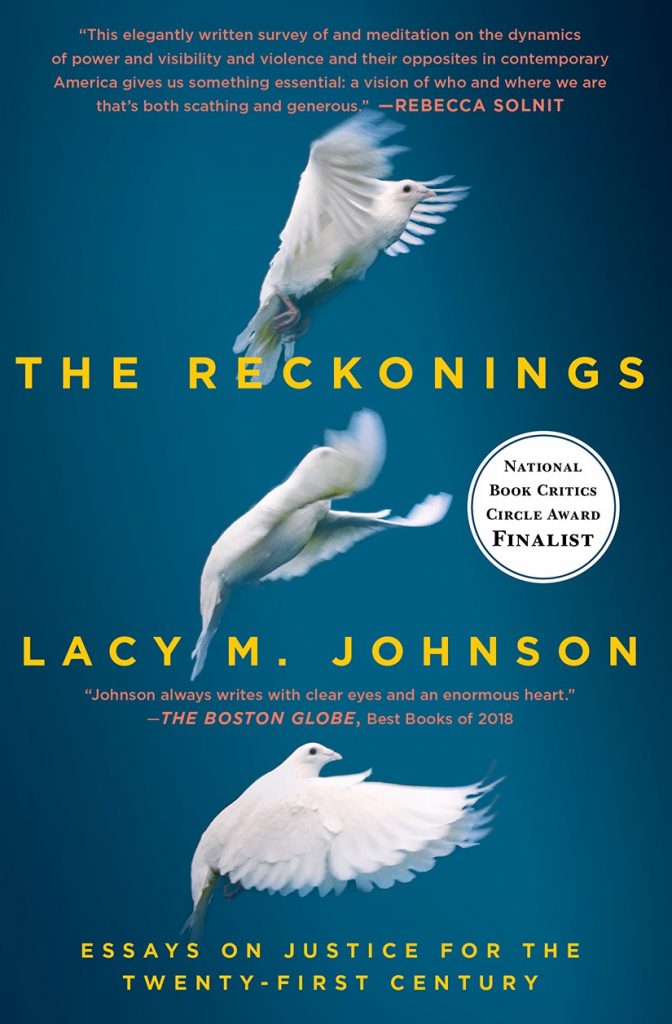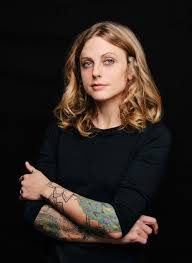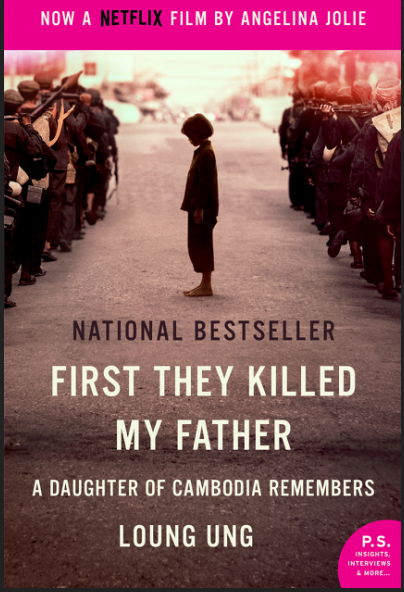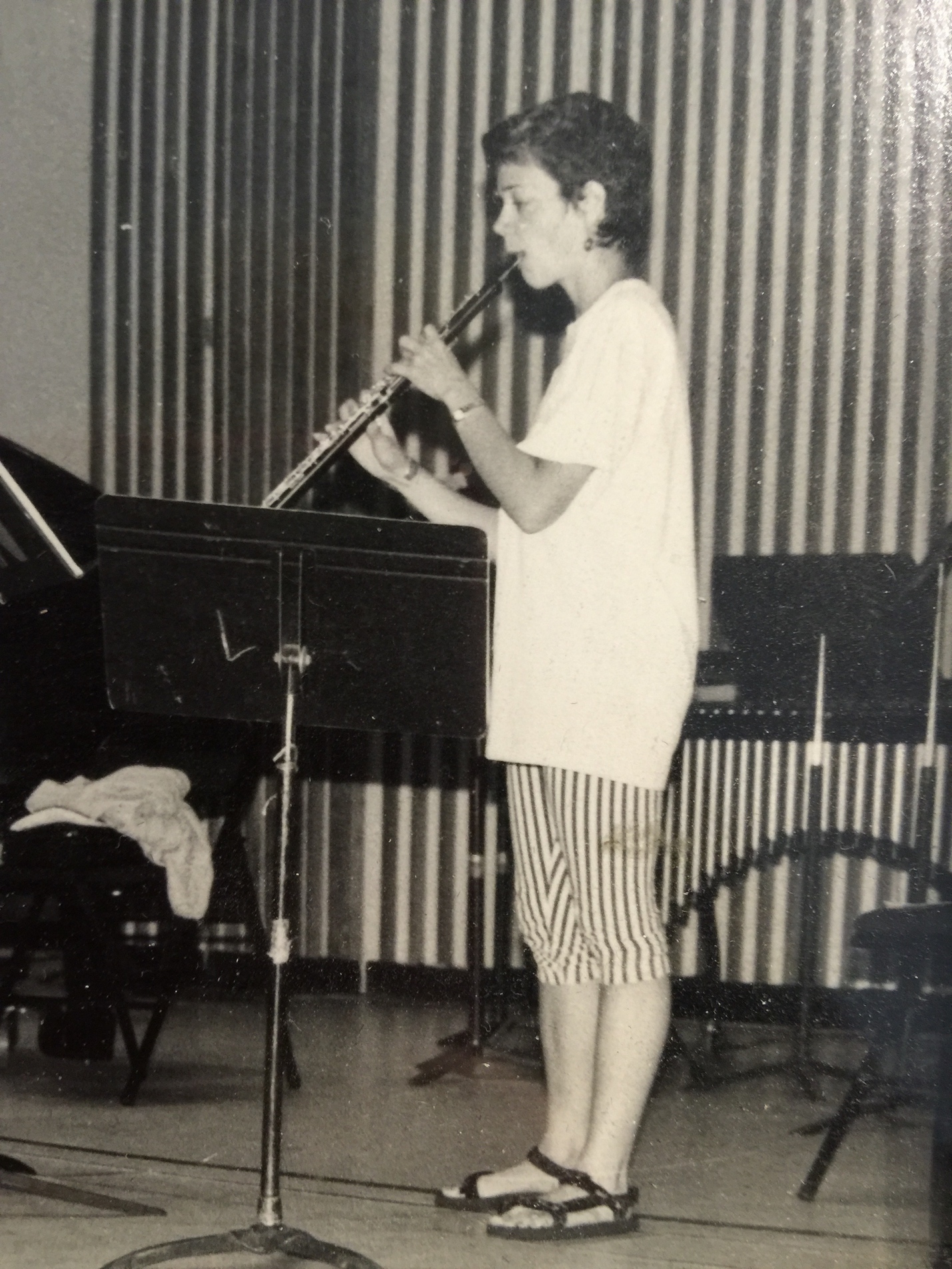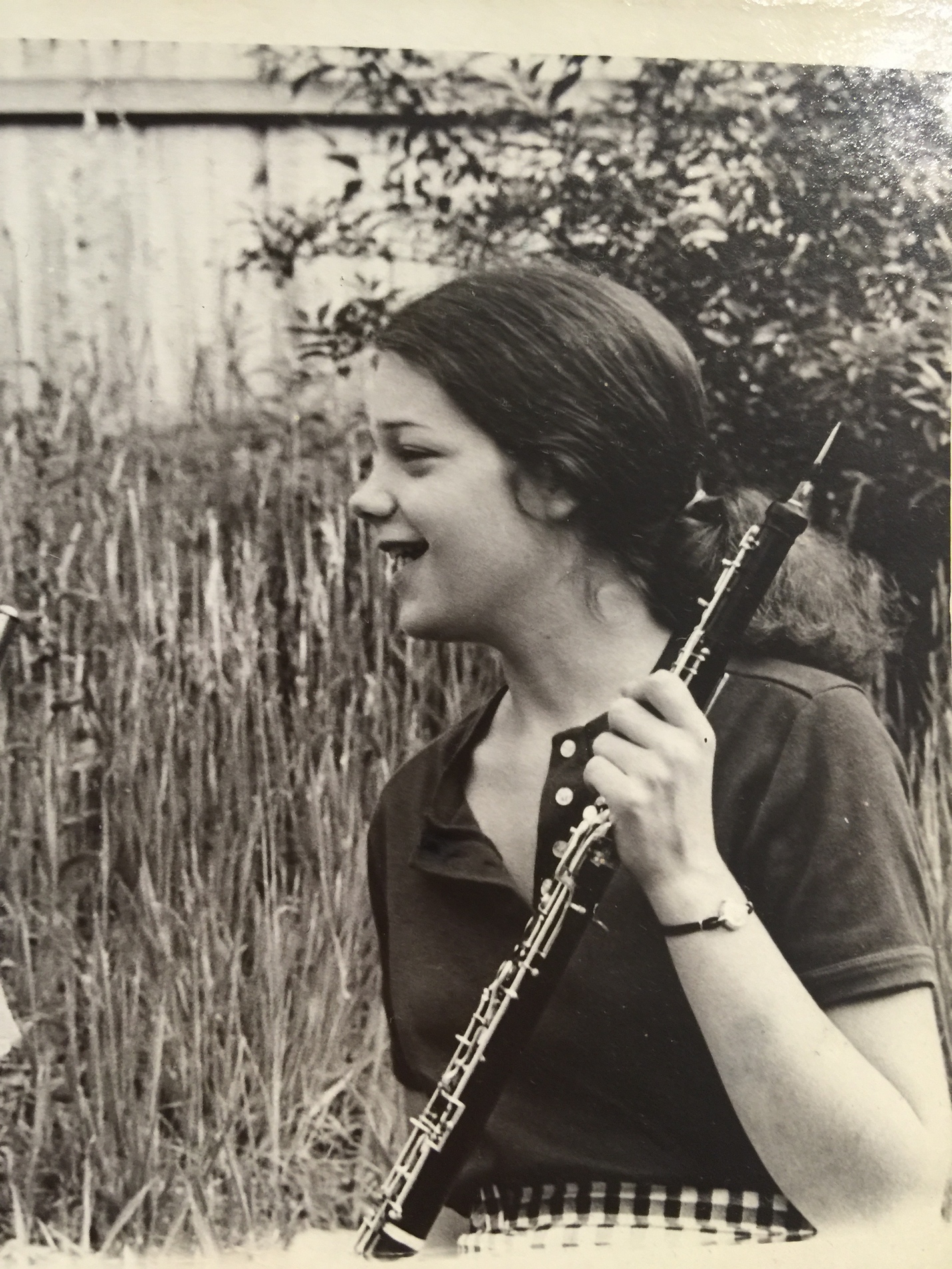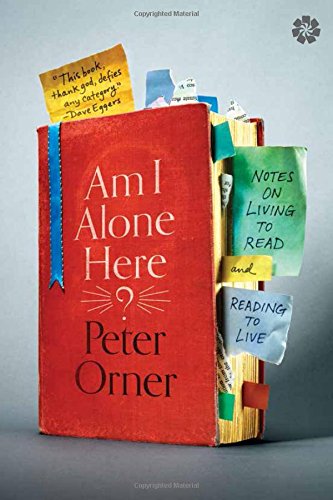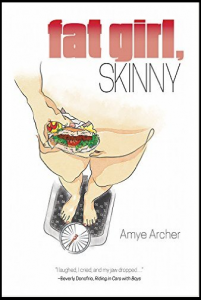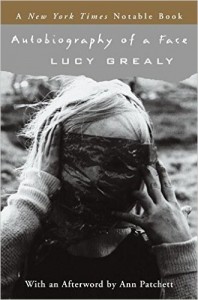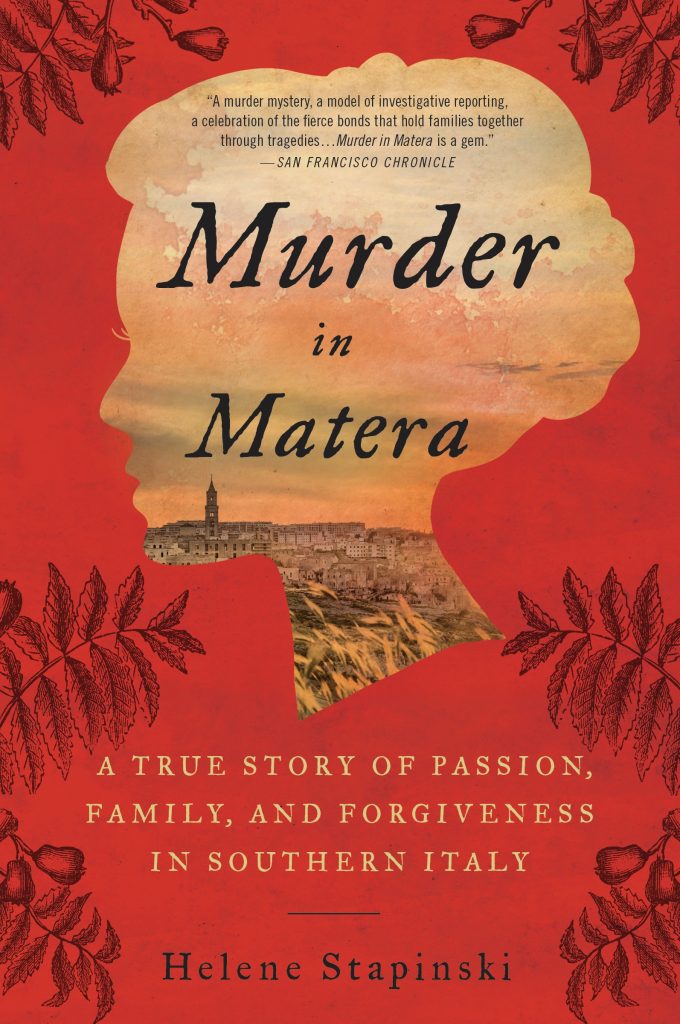
(Dey Street Books, 2017 in English)
INTERVIEW BY JOHN APRUZZESE
__
This month, Helene Stapinksi’s non-fiction novel Murder in Matera about her Italian great-great grandmother will be issued in France as Les jours de Vita Gallitelli. Recently, on a cold, damp morning in April, I sat down with her at McNally-Jackson bookstore in Manhattan—midpoint between her adopted home of Brooklyn and her native Jersey City, and an ocean away from the Italian region Basilicata where Vita spent years of hardship before migrating to the United States—to talk about the book’s origins and its imminent release in Europe.
The novel’s translation into French comes at a critical moment in American and European political and social life in light of current trans-Atlantic debates about migration and discrimination against vulnerable, marginalized persons. While some family stories give us a window into the lives of our ancestors, Murder in Matera draws a clear connection between those lives and the world we live in today. We learn of the practice of prima notte—the institutionalized rape of women on their wedding night—that existed, shockingly, well into the twentieth century in southern Italy. We see how the lives of our immigrant ancestors can teach us how we should treat those migrating today. Stapinski shows how the lessons of the past are like fallen seeds for us to gather, so that together we can sow a more compassionate, prosperous future for all.
All of this is done playfully, as we follow Stapinski through the minefield of Vita’s life and the suffering that drove her to leave her home for the unknown, at times hostile, shores of a new country. We live her fears for her children, her rage against religion, her frustration in navigating the world of southern Italy, and her joy in learning that the past can be redeemed.
John Apruzzese: Murder in Matera is more than just a family story. Why did you feel it urgent to write this book now?
Helene Stapinski: It took twelve years. When I started writing, I saw a New York Times article on Matera showing a religious icon on the walls of a local cave, known as the Crypt of Original Sin, that looked just like me. It freaked me out. I saw it as a sign. Over time, I became more and more obsessed. There are two kinds of reporters—those that come back with excuses, and those that come back with the story. I always get the story. I was like an attack dog. But when people didn’t talk to me, it got me. People seemed ashamed about the sex, not so much the murder. What stopped people was the Gallitelli reputation. A woman’s reputation carries over hundreds of years and shames the people still living in a place.
JA: You grew up hearing stories about your great-great grandmother, Vita, the book’s heroine. How did what you discover match or not the stories you’d heard?
HS: The family stories were limited. All the details were upside down. So I used myself as the stand in for Vita. We knew from family lore she was lively and what she looked like. Just based on what she did in her life—coming over with two kids—you have to be a badass. I believe she was channeled through me. I could see the type of mother she was. The mothers in my family are fierce. She was a heroine. She changed the fate of our family. She lived a painful life in Italy for 50 years, and came to America alone with her children.
JA: As a non-fiction writer, you focus on facts. In your book, however, you foray into lyrical and fictional writing. Why did you make that choice?
HS: When I began writing the book I came up empty handed. So I started reading about Basilicata in order to knit the place together. But as the story developed I realized I wouldn’t be able to tell it from a removed place. I needed to take the reader inside, and non-fiction wasn’t able to do that. It was a little hard for me because I’m trained as a reporter. But my agent told me I needed to take a leap. When we sold it, the editor was completely on board. It was sort of like Godfather 2, switching between here-and-there sepia flashbacks. It was a bit of a risk. But it’s a better book because of it.
JA: What was your approach in developing the structure of the novel?
HS: Early on I realized there was a connection between my research in Matera and flashbacks to what the research revealed. Birth and death certificates, historical literature, all came together to recreate scenes from the past. Sometimes flashbacks can be jarring, but they work in this book. But it wasn’t easy getting the right balance. The three section headings correspond to court procedures: Plea, Discovery, and Trial. To set the tone at the end of chapter one, I dropped in a line from Capote’s In Cold Blood, “there was one shotgun blast and five dead bodies.” My homage to Capote.
JA: Aside from Levi’s novel, Christ Stopped in Eboli, were there other authors or literary/artistic movements that influenced you?
HS: Reading Levi’s book changed me. It had so many similarities to my story. I also read Ann Cornelisen’s Women of the Shadows and Torregreca, books set in southern Italy. Also Gay Talese’s Unto the Sons—I told the female version of his journey back home. Antonio Gramsci’s The Southern Question was important. Gramsci led me from one discovery led to another. That included Cesare Lambroso’s eugenic theory of the ‘inherently criminal character of Italians.’ I discovered these works through an Allen Room Fellowship at the New York Public Library. In terms of film, 1900 by Bertolucci helped me imagine what life was like on a masseria in Italy at the turn of the century. But also, The Godfather 2, The Gospel According to Saint Matthew by Pasolini, and Bitter Rice by De Sanctis. I looked for anything that shed light on what life could have been like for Vita.

JA: You have an obsession with genes and patterns in Murder in Matera. You fear your children have inherited a criminal gene. How real was this fear?
HS: It was more real when they were younger. My son Dean looked like my terrible grandfather, Beansie. This little person you love looks like this criminal in your family. Same thing with daughter Paulina: sometimes when she turned she looked like an aunt of mine who was really awful. But as they got older it was not a concern. And the book put to rest lingering fears. I remember researching Lambroso’s work, part of which took place in Basilicata, to see if there were pictures of my family or Vita’s face. I’d picked up on his descriptions of Italian criminals, such as thin lips, and started to see similarities in my family. It’s bullshit but it really gets in your head.
JA: A pattern returns, however. On Mischief Night in Jersey City, a sock full of rocks ultimately brings Vita’s life to an end. Do you feel there was a reckoning for Vita?
HS: Honestly, no. Things happen and we try to find reasons for them. Vita lived long considering the time she was from. While writing the story, I did feel something mystical going on, like Vita was standing in the way. But we create those things in our heads. It’s also a part of my upbringing. Something happens because you did something. Vita was no doubt considered an adulterous, and was stigmatized. But she moved into the padrone’s household to move up in the world. The padrone helped her get out of a difficult situation. Other women had gone through similar ordeals, but it’s oral history and those women are dead. The padrone didn’t make a record of his sleeping with other women.
JA: Murder in Matera sheds light on the plight of women subjected to the practice of prima notte and forced to be concubines just to make ends meet. This was Vita’s fate.
HS: I’ve thought about researching prima notte. Some Italian historians claim it didn’t exist because it’s not recorded. But think of Harvey Weinstein. Just talk to hundreds of women to find out what happened. The town historian of Bernalda, Angelo Tataranno, told me about prima notte when I mentioned Vita was considered “a man named Greco’s” puttana. He said the padrone’s name was Greco. From there, it was easy to figure out that Vita was sleeping with him by force. It was a survival tactic for many women. Interestingly, the practice of prima notte ended when people got guns. I’m not a gun supporter. But it did give people power and helped them break the feudal system.
JA: You come from a family of strong, independent women. How do you understand that feminine strength in light of persistent social and cultural views about women?
HS: It’s a big hoax. That’s the ironic thing about Italian culture. Women are the center of the family. Mario Puzo wrote the character of the Godfather based on his mother. The strong, just, bad ‘guy’ at the center of the mafia family is based on a woman. So even though women are strong, they are not governing society because men are threatened by them. Women are fierce and always have been, and it’s only coming to light now. But we’re not being given permission to be fierce, we’re taking it. It’s been centuries of men realizing the power of women and clamping it down. It’s no longer acceptable.
JA: Vita was a migrant. She managed to reach New York shortly before the US barred immigration to Italians. It’s hard not to draw similarities with the current Administration’s policy.
HS: I have a real issue with Italian Americans who are anti-immigration. They have cultural amnesia. If you look back two generations at the most, somebody in your family went through what Mexicans and Syrians are going through today. How dare you stop these people from coming into this country. They say Italians were hard workers and wanted to speak the language. Have you met a maid from Mexico in Brooklyn? Have you met a Syrian selling stuff on the street in Manhattan? They’ve escaped horrors. So I used it as a spinoff when the book came out. The 1924 Immigration Act reduced Italian immigration by 90 percent, based on Lambroso’s theories that Italians were subgrade humans. He measured their heads and said these were criminals. It was a lie then and it’s a lie now.
JA: Today, Italy is at the center of Europe’s migrant crisis. Basilicata is held up as a region in Europe successfully integrating migrants.
HS: A film I saw recently about humanitarian workers in Lampedusa helping migrants made me cry. It’s karma: Italians came here, now people are going to Italy. Are you going to treat them as you would like to be treated? Italians weren’t treated well in the US. But it seems Italy is doing a pretty good job today. But it will mean changes and problems locally and nationally, as it has in other countries in Europe like France. So people are using it to their advantage for political positioning.
JA: You oscillate between superstition and skepticism, while at the same time giving yourself to prayer. How has Vita’s story shaped your views of superstition, prayer and the Church?
HS: I’ve always prayed and continue to pray. But I still have issues with the Church. Prayer is a personal thing, as is your perception of a higher power. I’d maybe like to share it in a communal setting but the Church is not it. I inherited superstitions from my family—things like the mal’occhio. We’d place a scapula in the baby’s crib to protect her from evil spirits. There’s a feast in Basilicata called Il Maggio di Accettura, a spring fertility festival where they marry one tree to another. They’ve been doing this for millennia, only now they bring in a priest to bless the tree. Those pagan traditions survive, and immigrants brought them over. Everything we do comes from somewhere else.
JA: You say, “Italy was like a lover who was so gorgeous, he could mistreat you whenever he liked.” Did Italy meet your expectations?
HS: After my first trip, part of me never wanted to return. I thought people would be more helpful. It’s what you see in movies, the family welcomes you for dinner. But most people didn’t talk. I found myself looking at Italians in Carroll Gardens in a different way. I was always so happy to be Italian. It was stupid because I had to open up to things. I had to do my research to come at it from the right angle. Only when I relaxed and adapted to the culture did doors open. Now I want to be there all the time. You can’t impose your culture on someone else’s. It’s a basic approach to life. I have a greater appreciation of my Italian culture, just knowing what those people went through and why they left.
JA: Why do you say writing Murder in Matera was a journey of redemption and forgiveness?
HS: Because my family has a history of being criminals, it did feel like redemption. The Garden of Eden idea came to me because there is the Crypt of the Original Sin in Basilicata. When I first went, the crypt was closed, which was itself symbolic. I didn’t have the eyes to see it yet. And when I was able to, the story flowed over me. Those cave walls depicted the stealing of the fruit, which was the downfall of my great-great grandfather, Francesco, Vita’s husband, that lead to the whole story. It got me reading Saint Augustine. I had to go through the tests before I could gain access to the treasure. For our family, it was redemptive because Vita had been redeemed. We’ve gone from shame to pride.
JA: Murder in Matera was an important milestone. It took twelve years to write. Where do you go from here?
HS: I’ve always got a million projects. I’m currently doing the audio version of Five-Finger Discount. I plan on writing another book, but it’s like having a baby. I want to write a book that needs to be written. I lived in Alaska in my twenties. There was a child molester there who founded the radio station where I worked. I want to write that story but I’m afraid it’s too ugly. But the people I was with in Alaska want me to write it. It would also be about forgiveness because this person, a Jesuit priest, ruined our spiritual lives. All of us left the Church because of him. He molested dozens of young girls, made some get abortions. We only found out later. We carry this burden with us. It’s going to be a pretty heavy trip.
__
John Apruzzese works for the United Nations and is currently pursuing an MFA in creative writing (fiction) at The New School. His writing has appeared in The Adirondack Review and Brooklyn Magazine.
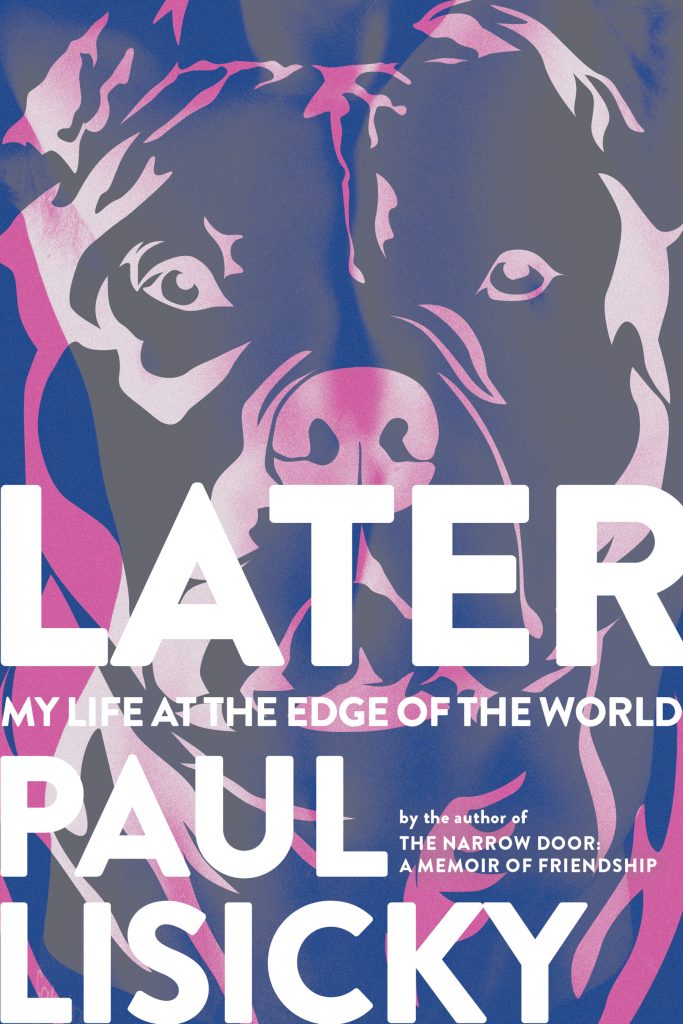
![[PANK]](http://pankmagazine.com/wp-content/themes/pank/assets/images/pank-logo-large.png)

